Canon Powershot 350: a relic of 1997 in the year 2025
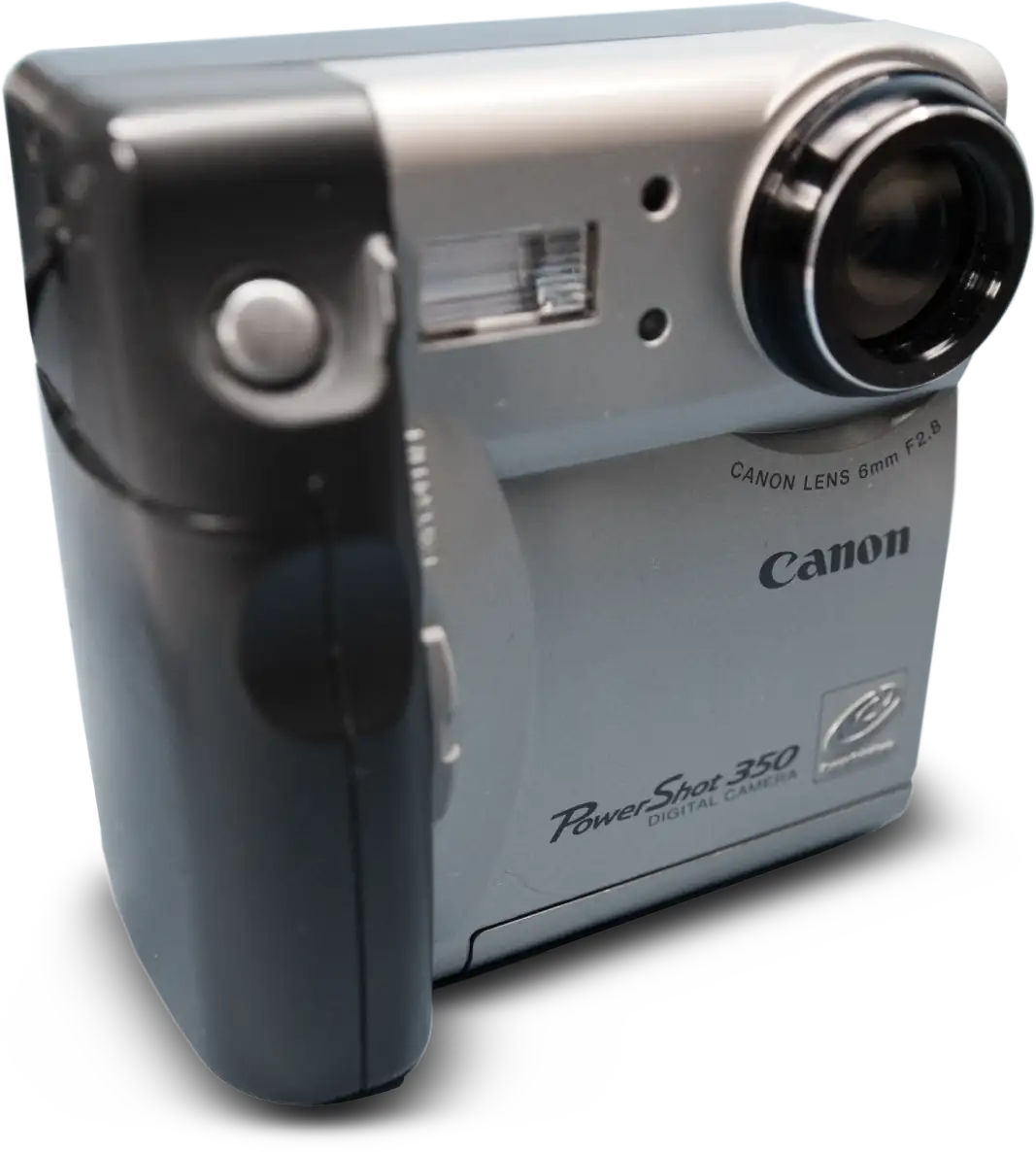 A May afternoon in Udine with a digital camera from 1997.
A May afternoon in Udine with a digital camera from 1997.Back then, at 13, I didn't even know what a digital camera was.
It must have been incredibly expensive, and if someone had gifted me one, I probably would have lost my mind: an unlimited number of photos, without needing to go to a studio to get them developed, and with the ability to review them right after taking them? It would have felt like living in a sci-fi movie!
 This is my latest "bargain" on Wallapop, costing me about the same as an all-you-can-eat Japanese dinner. Sold as working, and it actually was.
This is my latest "bargain" on Wallapop, costing me about the same as an all-you-can-eat Japanese dinner. Sold as working, and it actually was.The resolution is equivalent to a VGA monitor (640 x 480). A glorious 0.3-megapixel machine.
It has a tilting screen, which surprisingly is visible even in sunlight thanks to the brightness adjustment dial, and a lens with a lever on the side to activate a really nice macro mode. Automatic exposure with the option for manual compensation. A fixed focal length equivalent to 42mm, no zoom, basic functionalities stripped down to the essentials, and zero bells and whistles.
My girlfriend thinks the photos are too grainy, but I, on the other hand, love seeing those beautiful big pixels.
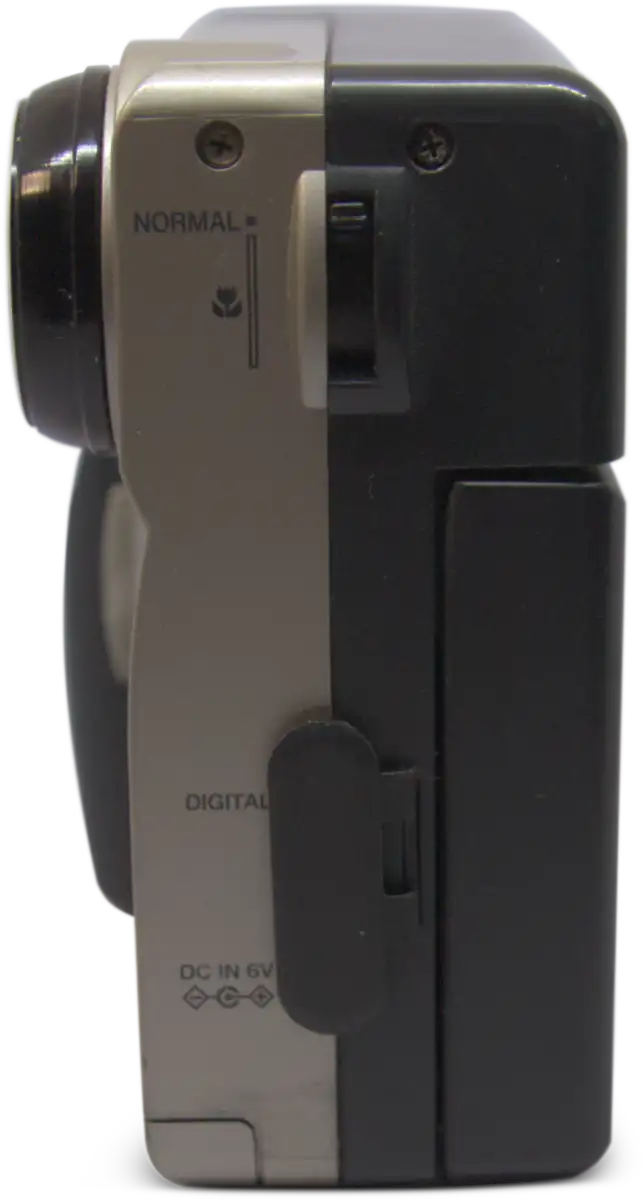 It seems one of the latest trends is using these old cameras because they have a different kind of grain compared to modern ones, which is described by some as having a filmic look.
It seems one of the latest trends is using these old cameras because they have a different kind of grain compared to modern ones, which is described by some as having a filmic look.Nothing could be further from the truth; these are pioneering machines with quite obvious technical limitations and poor quality by today's standards.
Because of this trend, used market prices have seen a totally unwarranted increase. I remember before 2020, I could buy cameras like this for less than 10 euros – because that's what they're worth!
They're electronic (and importantly, they're digital) devices that are 20-30 years old; it's unlikely they'll last for much longer, and repairing them, when even possible, costs a lot of time and effort. Often, it's just not worth it.
But why are they so popular?
Speaking for myself: I’m personally too used to the absolute perfection of modern digital, and I no longer find ultra-high-quality images interesting. Except for some cases, I can’t feel anything; I’ve become rather numb to it all.
On the other hand, imperfect, grainy photos with altered colors or other issues capture my attention. I can’t help it.
Plus, I enjoy being able to produce something while having technical limitations; it’s something that stimulates my creativity.
Ultimately, it’s a way to play, and these are my toys.
Did I take some good photos today? Probably not; I don’t think I’m a particularly good photographer, but I had a lot of fun.
I’ve always wanted to learn street photography, and a camera this small and subtle, with a fixed focal length that therefore forces you to get closer to your subjects, could be a good way to practice. And I’m still far from mastering it. On top of that, I have to battle my shyness.
If I had taken them with my DSLR, would they have been better photographs? I don’t really think so; they would have just had more pixels and greater definition.
Will I continue to use it? Absolutely yes!
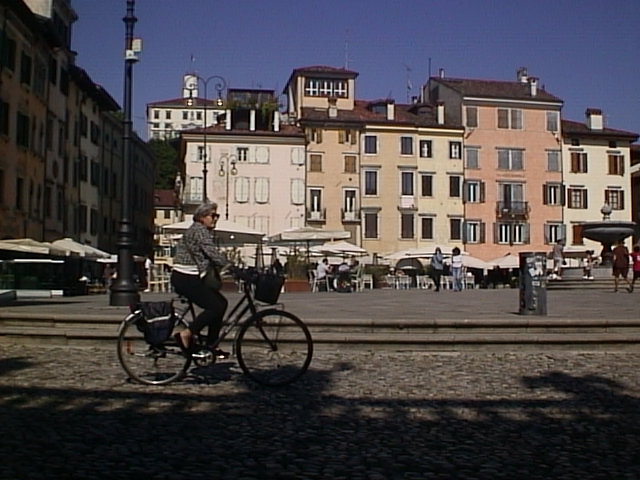
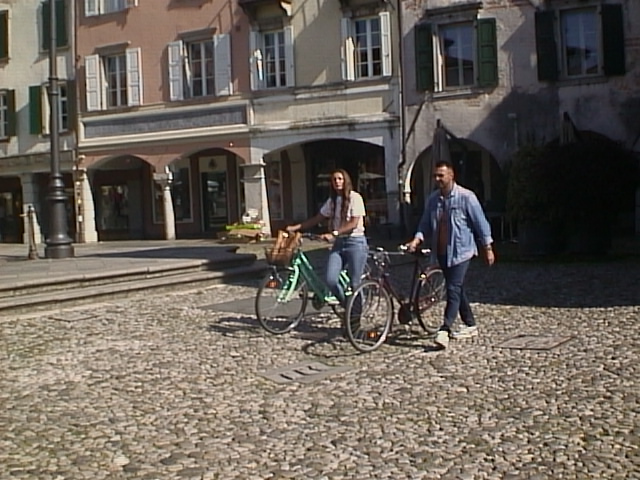


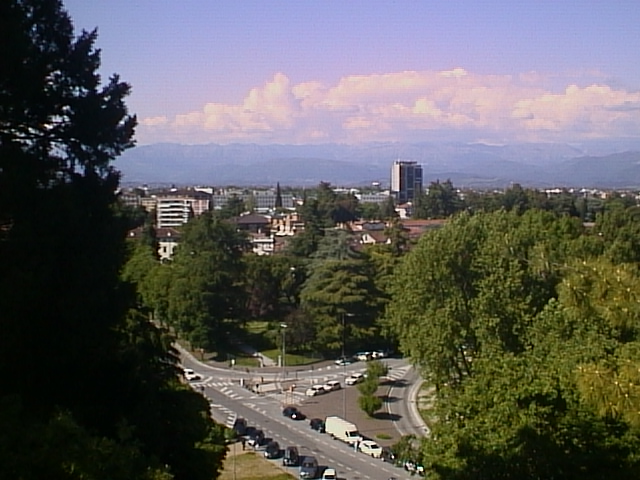
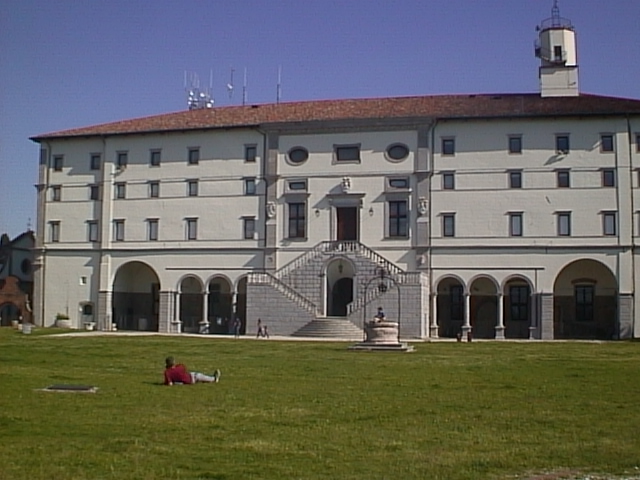
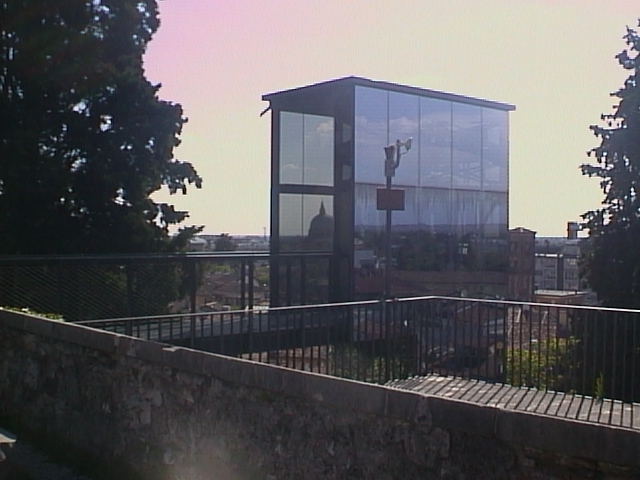

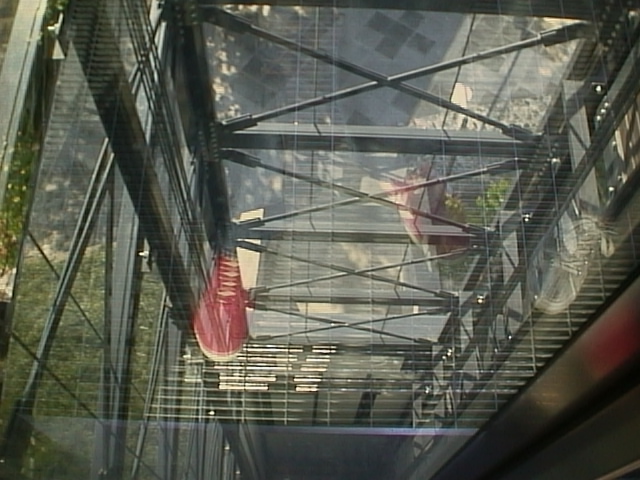
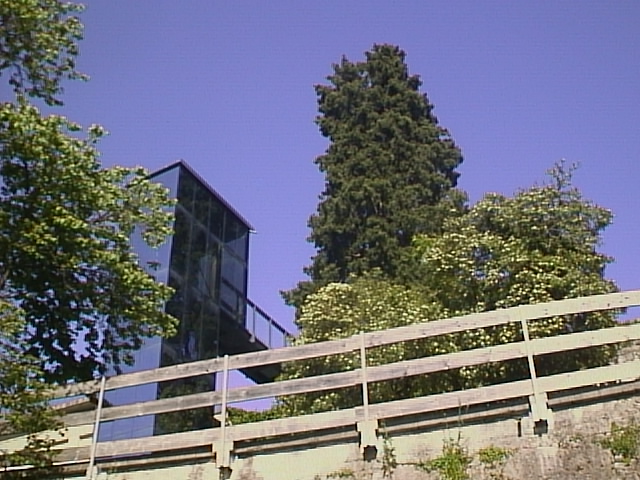
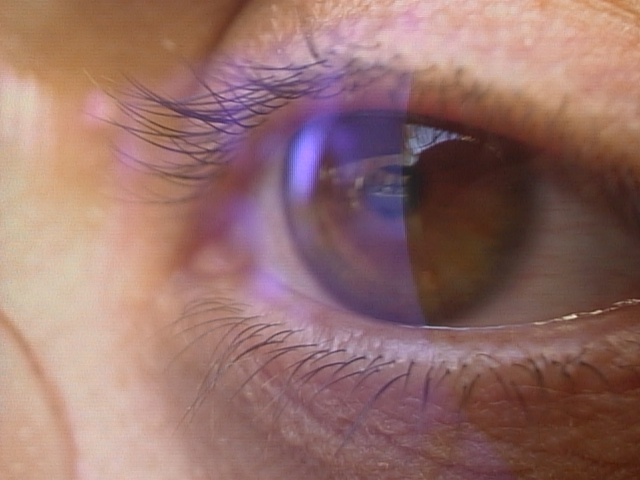
It has been submitted and will be reviewed before being published.